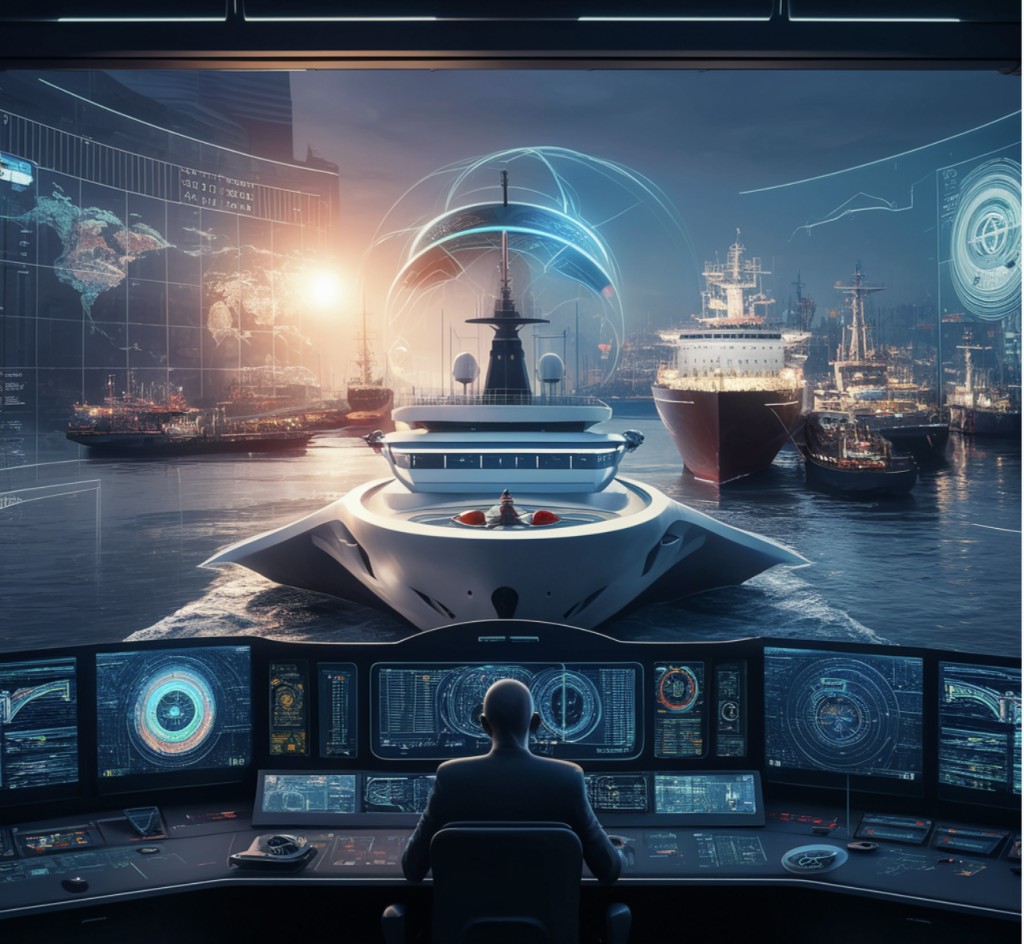Maritime transportation has always been pivotal for global trade and travel, but navigating the vast and often unpredictable waters presents significant challenges. The advent of autonomous ships promises to revolutionize this domain, leveraging advanced sensors and Artificial Intelligence (AI) to enhance situational awareness and ensure safe navigation. The comprehensive integration of various sensor technologies with AI capabilities transforms how ships perceive and react to their surroundings, aiming for safer and more efficient maritime operations.
The Rise of Autonomous Ships
Autonomous ships, or Maritime Autonomous Surface Ships (MASS), can operate independently from human input. They use technology to perform complex navigation tasks that once required extensive human effort. These vessels are designed to improve safety by reducing human error & increasing the efficiency of maritime transport.Â
Key Technologies for Autonomous Navigation:
Global Navigation Satellite System (GNSS) and Inertial Measurement Units (IMU): These provide precise positioning and orientation, which are critical for navigating and maneuvering in open waters.
Visual Sensors (Monocular and Stereo Cameras): These cameras help detect and classify objects, assisting in obstacle avoidance and route optimization.
RADAR and LiDAR: These are used for remote sensing, helping detect objects from afar, even in poor visibility conditions.
Audio Sensors (Microphones): These are useful in identifying and classifying sounds from various maritime sources, enhancing detection capabilities beyond visual cues.
Integration of AI in Maritime Navigation
AI is crucial in synthesizing data from these diverse sensors, enabling autonomous ships to “understand†their environment more effectively. The fusion of sensor data through AI allows for a comprehensive perception system that is robust and reliable.
AI Techniques Used in Navigation:
Machine Learning Models: These models, including deep learning and Gaussian processes, are crucial for making sense of large amounts of data from various sensors, providing insights that help decision-making processes.
Sensor Fusion: AI can integrate data from multiple sources to provide a more accurate and comprehensive view of the maritime environment, facilitating better situational awareness.
Benefits and Challenges
Benefits:
Increased Safety: Autonomous ships can potentially reduce the risk of accidents caused by human error.
Efficiency: Optimized route planning and automated navigation can lead to faster voyages and reduced fuel consumption.
Operational Effectiveness: With continuous monitoring and predictive maintenance, ships can operate reliably and with less downtime.
Challenges:
Complexity of Integration: Harmonizing various sensor outputs and ensuring they work seamlessly under different conditions is complex.
Regulatory and Standardization Issues: Establishing international norms and standards for autonomous ships is ongoing.
Security Concerns: Protecting these highly digital systems from cyber threats is critical.
The Future of Autonomous Maritime Navigation
As technology advances, the integration of even more sophisticated AI and sensor technologies will continue to push the boundaries of what autonomous ships can achieve. Ongoing research and development aim to overcome the current limitations and enhance the capabilities of these vessels. The goal is to ensure autonomous ships can navigate safely and efficiently, even in the most challenging conditions.
In conclusion, the safe navigation of autonomous ships using vision AI represents a significant leap forward in maritime technology. With the proper implementation of advanced sensors and AI, the maritime industry is set to become safer and more efficient. However, ongoing research, development, and international collaboration are essential to realize these technological advancements’ potential fully.
Sources:
https://ieeexplore.ieee.org/stamp/stamp.jsp?tp=&arnumber=9207841
https://mdpi-res.com/bookfiles/book/8649/Recent_Developments_and_Knowledge_in_Intelligent_and_Safe_Marine_Navigation.pdf?v=1715043841
The post Safe Marine Navigation Using Vision AI: Enhancing Maritime Safety and Efficiency appeared first on MarkTechPost.
Source: Read MoreÂ

